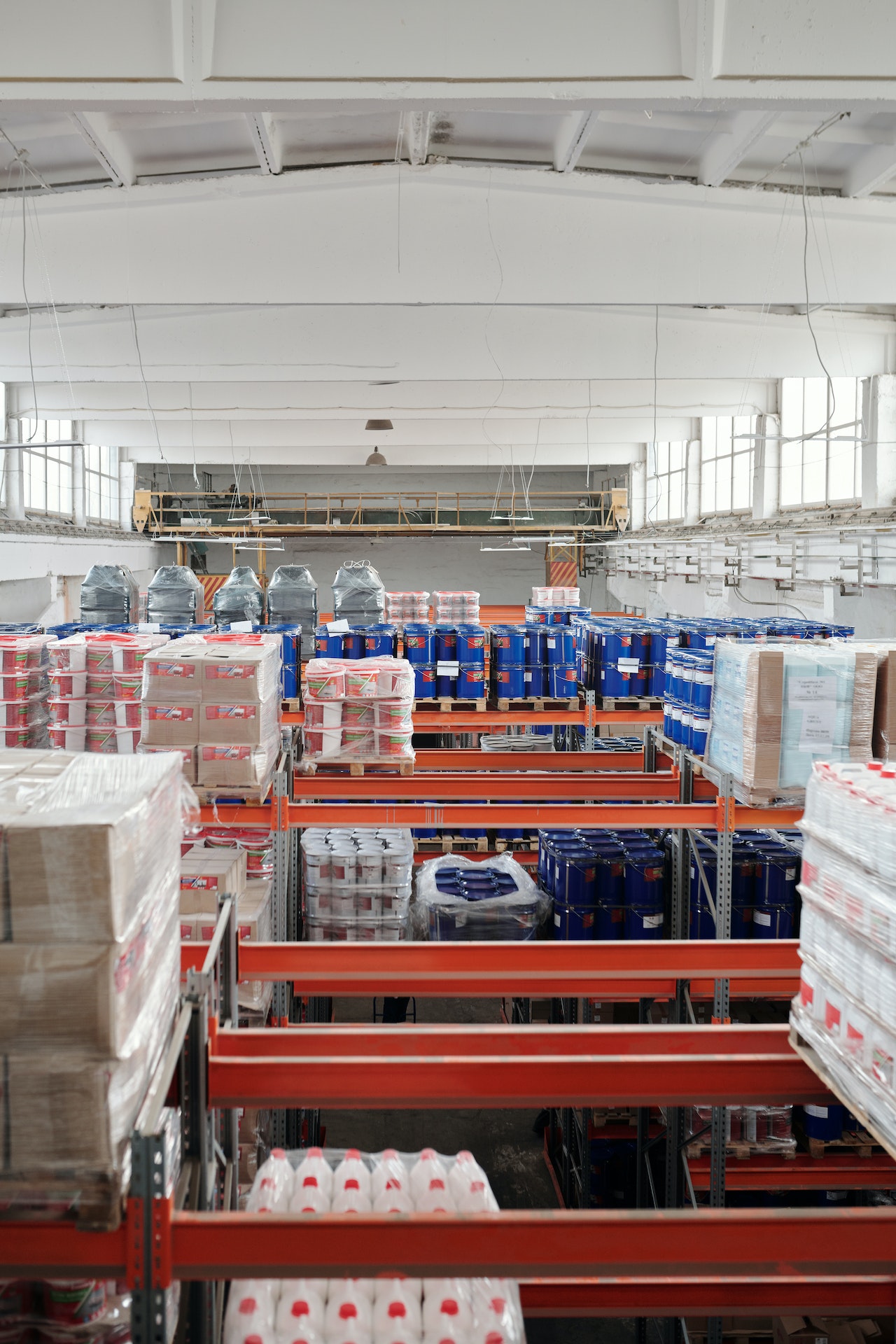Warehouse pricing structure is a critical aspect of managing and operating a warehouse facility efficiently. It determines how customers are billed for the services and resources they use within the warehouse. The pricing structure can vary from one warehouse provider to another, but it typically takes into account several factors to determine the cost. In the case of the provided answer, the warehouse pricing structure is based on storage space, transportation, and transloading, which are explained as follows:
-
Storage Space:
- Square Footage: One of the most common methods for pricing warehouse services is by the amount of storage space used. Customers are charged based on the square footage they occupy within the warehouse. This may include pallet racking, shelving, and floor space.
- Cubic Footage: Some warehouses charge based on the cubic footage, considering the height of the storage area in addition to the floor space. This is especially relevant for high-density storage facilities.
-
Transportation:
- Inbound and Outbound Shipping: Warehouses often charge fees for handling incoming and outgoing shipments. This can include unloading, loading, and moving goods within the facility.
- Storage Duration: The length of time goods are stored in the warehouse may also influence pricing. Longer storage periods may result in volume discounts or different pricing tiers.
-
Transloading:
- Transloading Services: Transloading involves transferring goods from one mode of transportation to another, such as from a truck to a railcar. Warehouses that offer transloading services may charge additional fees for this specialized handling.
- Handling of Specialized Cargo: Some warehouses may charge extra for handling specialized cargo, such as hazardous materials or temperature-sensitive goods during transloading.
-
Additional Services:
- Value-Added Services: Warehouses may offer value-added services such as packaging, labeling, kitting, or quality control inspections. These services typically come with their own pricing structure.
- Inventory Management: Some warehouses offer inventory management services, including order fulfillment and real-time tracking, which can also affect pricing.
-
Contract Terms:
- Long-term vs. Short-term: Pricing may vary based on the duration of the storage agreement. Long-term contracts may offer more favorable rates.
- Volume Commitments: Customers with larger volumes of goods may negotiate lower rates based on their commitment to use the warehouse's services.
-
Geographic Location:
- Warehouses located in different regions or proximity to transportation hubs may have varying pricing structures due to differences in operating costs and demand.
- Warehouses located in different regions or proximity to transportation hubs may have varying pricing structures due to differences in operating costs and demand.
-
Peak Seasons and Demand:
- Pricing can fluctuate during peak seasons or times of high demand. Warehouses may implement surge pricing or charge premiums for services during these periods.
- Pricing can fluctuate during peak seasons or times of high demand. Warehouses may implement surge pricing or charge premiums for services during these periods.
It's essential for businesses to carefully evaluate the pricing structure of a warehouse to ensure it aligns with their specific needs and budget. Negotiating terms and understanding the full scope of services offered by the warehouse provider can help businesses make informed decisions regarding their warehousing requirements.
